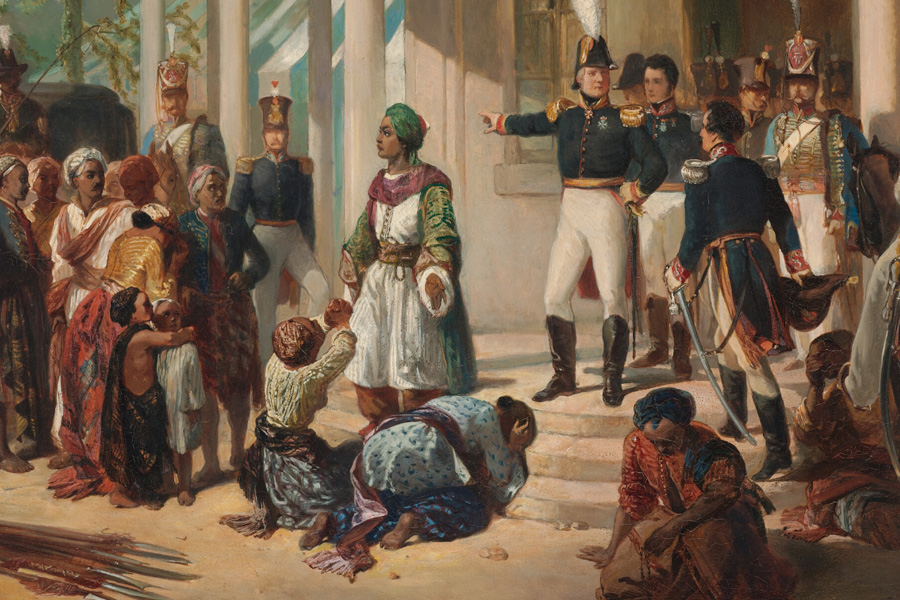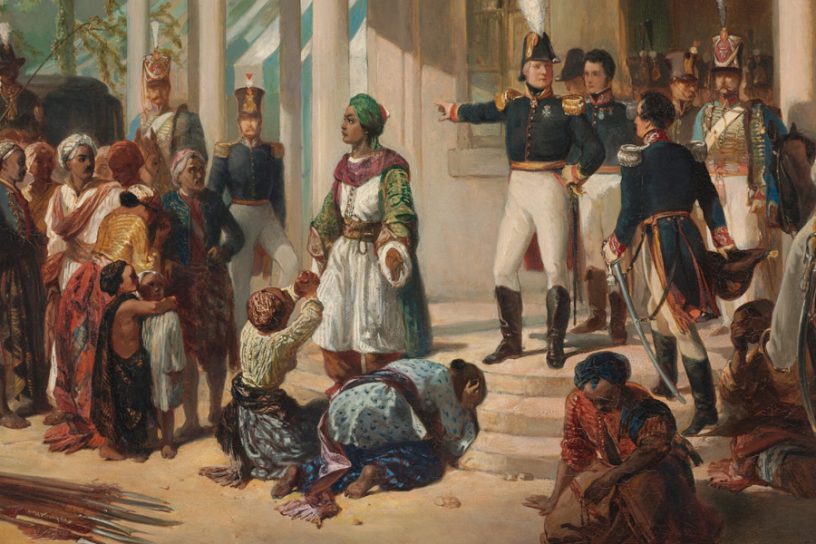
This article tries to understand how the relationship of western Indian business actors with colonial rule as well as the nationalist movement remained mediated by changing forms of philanthropic endeavours serving emerging modes of legitimacy and their accompanying mandates of publicity.
Author
Kena Wani, Assistant Professor, Jindal School of International Affairs, O.P. Jindal Global University, Sonipat, Haryana, India.
Summary
This article presents a historical account of the public lives of philanthropic endeavours that involved business actors in western India, from the late nineteenth century till early decades of the post-independence period.
Two cases—that of the traditionally maintained animal shelter-homes called ‘pinjrapoles’ and that of the Tilak Swaraj Fund Trust, founded to aid the nationalist movement in early twentieth century India—are analysed.
The article scrutinises through the case of the pinjrapoles how traditionally practiced religious forms of charity came to obtain a wider purchase within the colonial order since the late nineteenth century as public-oriented philanthropic actions and institutions.
In considering the history of the Swaraj Fund, the article traces how the politics of accountability interrupted philanthropic institutions and in turn the social standing of business patrons within the fold of Gandhian nationalism and its accompanying models of ‘trusteeship’.
In studying these two cases, the article tries to understand how the relationship of western Indian business actors with colonial rule as well as the nationalist movement remained mediated by changing forms of philanthropic endeavours serving emerging modes of legitimacy and their accompanying mandates of publicity.
Published in: The Indian Economic & Social History Review
To read the full article, please click here.


